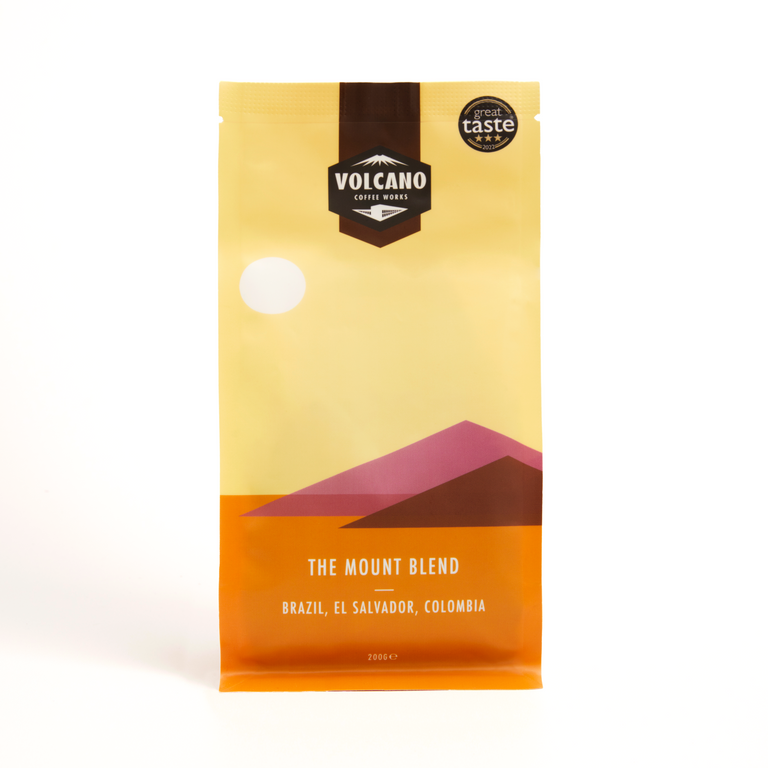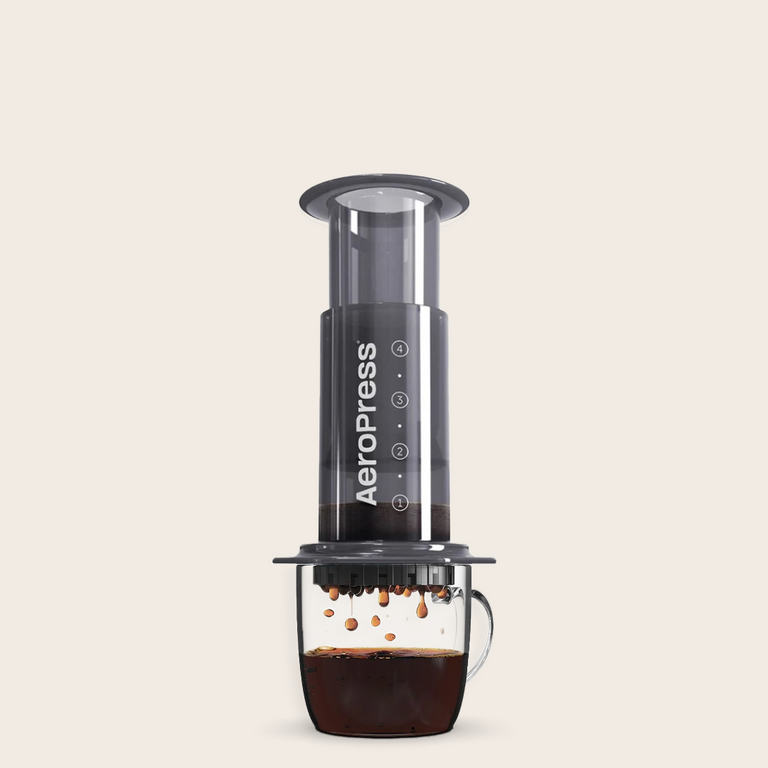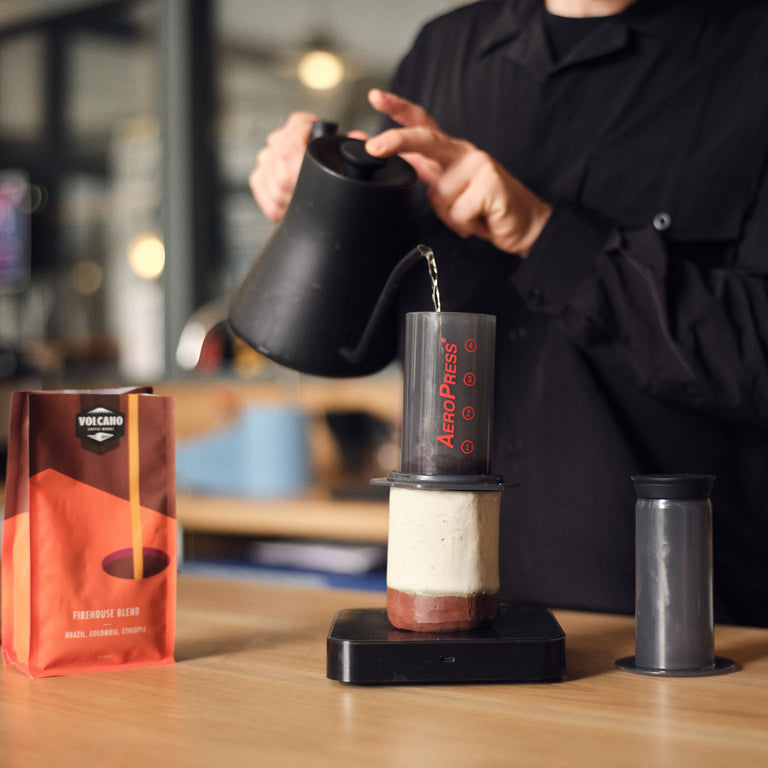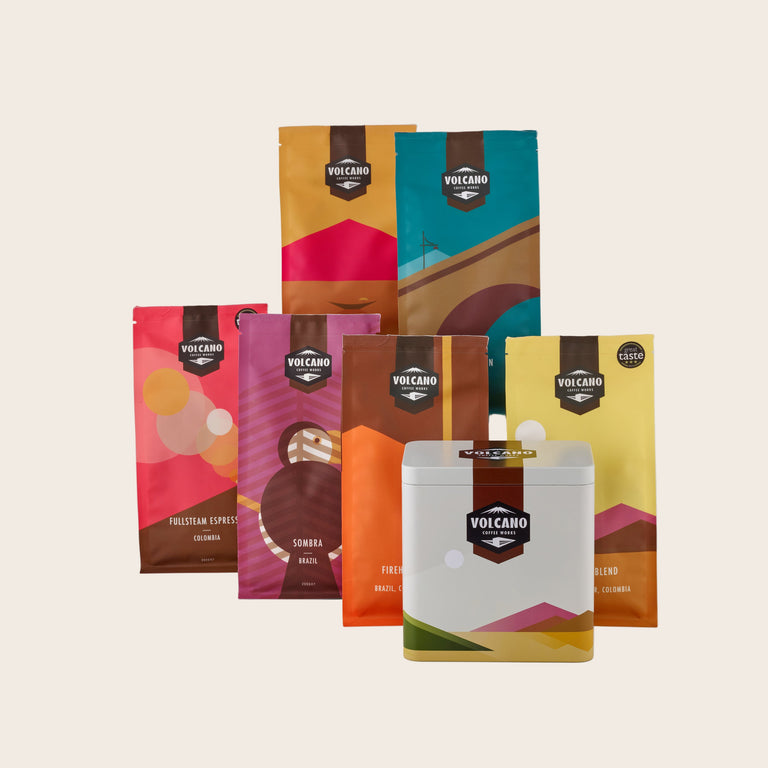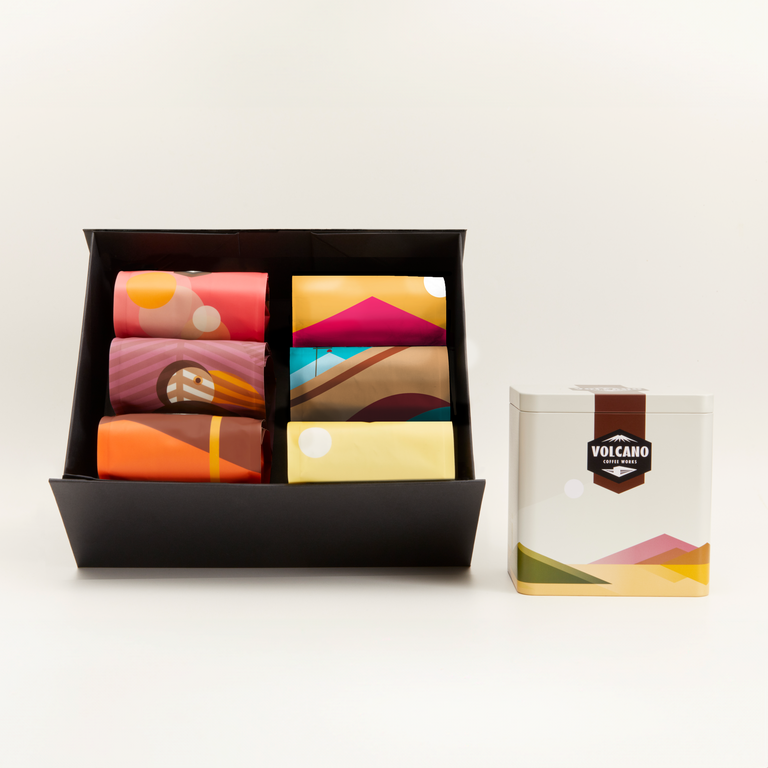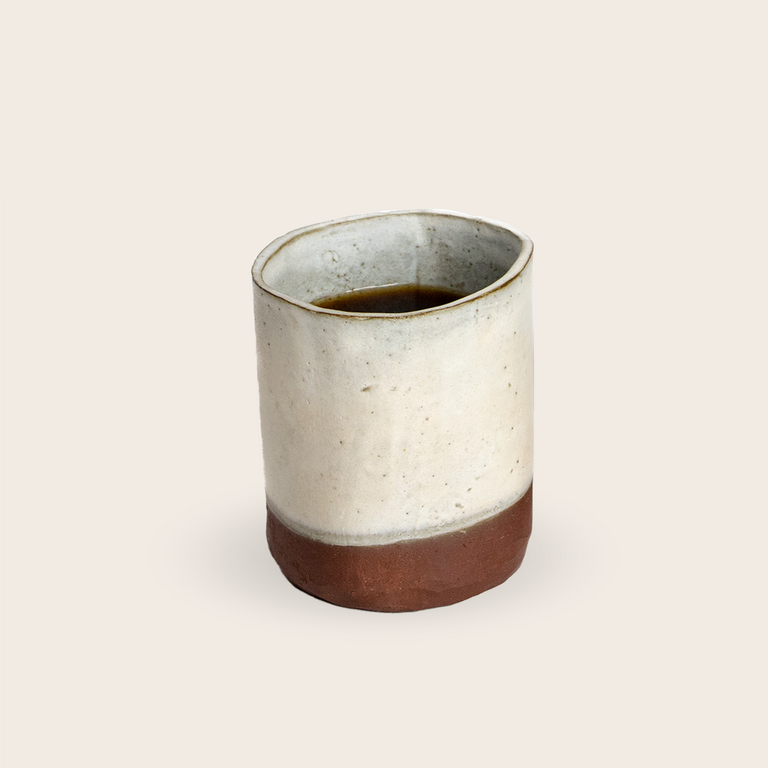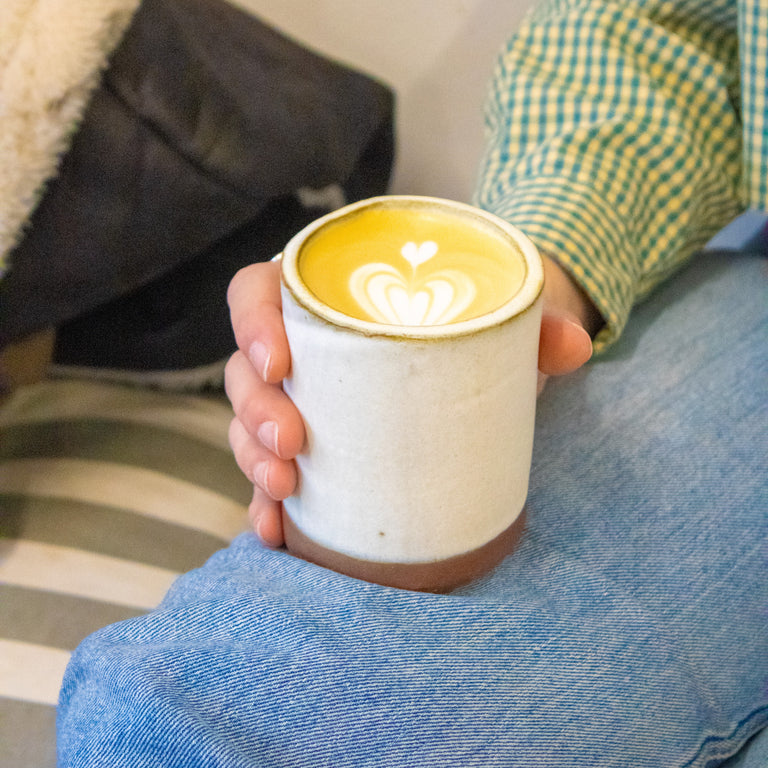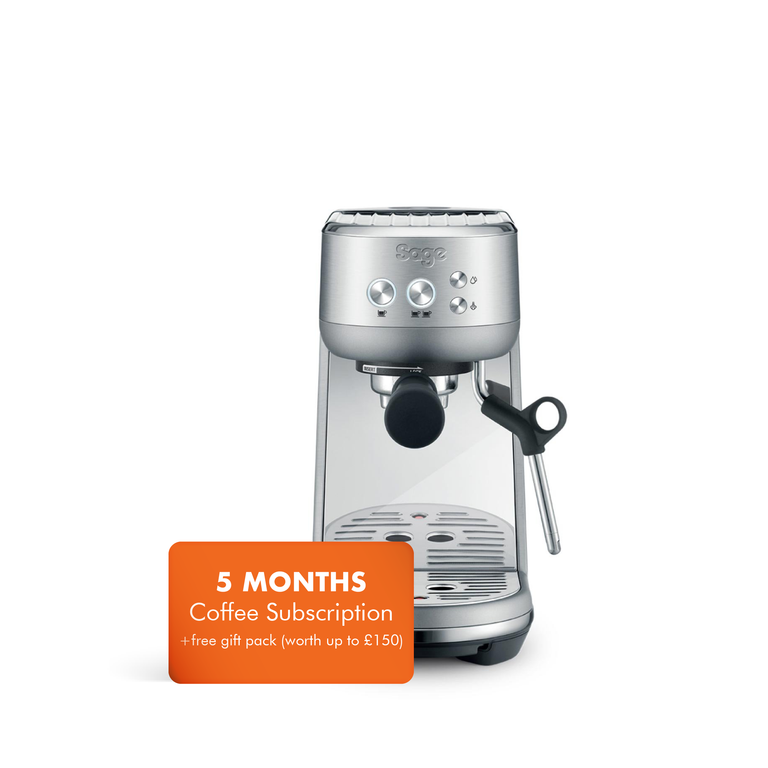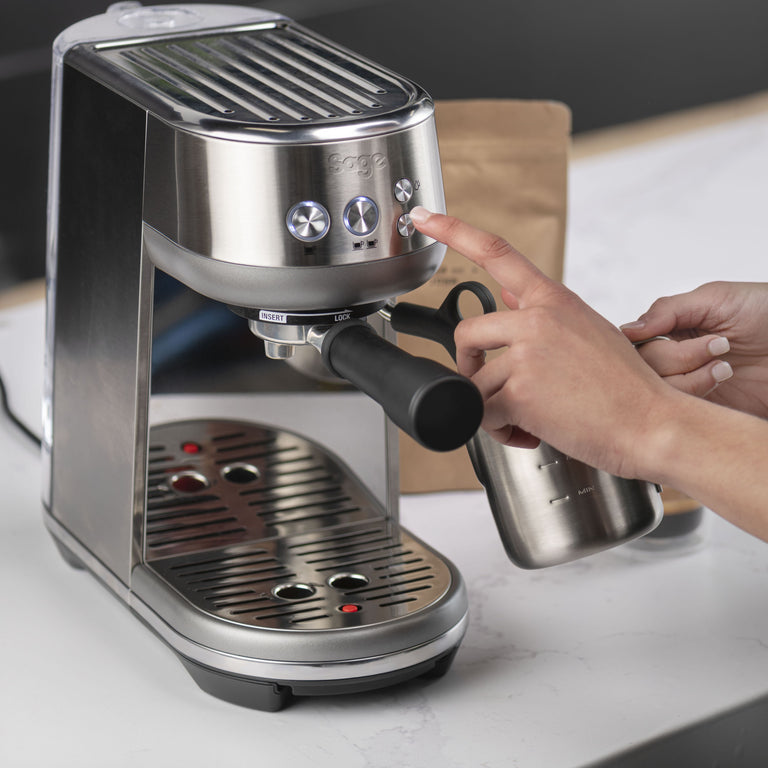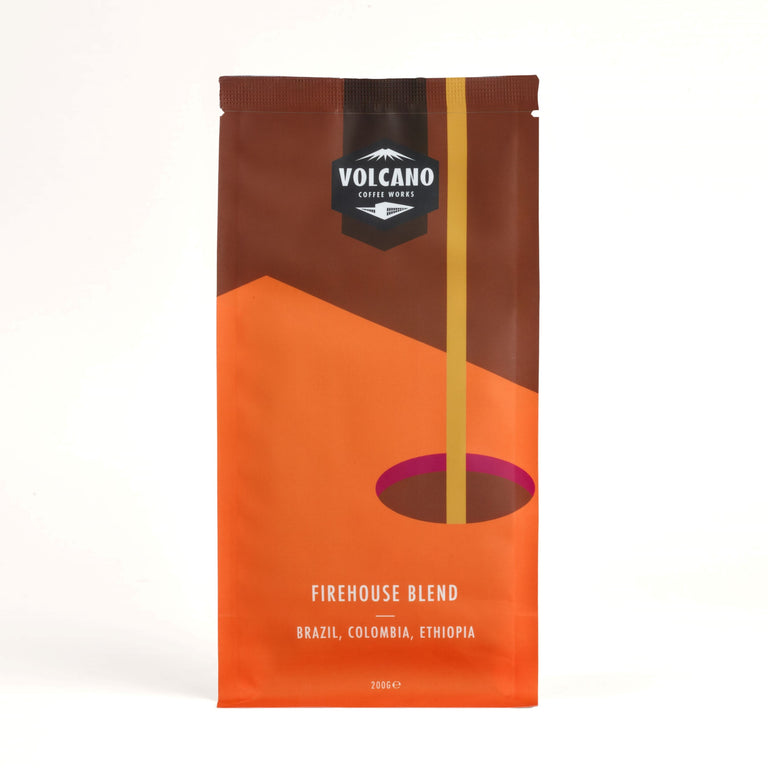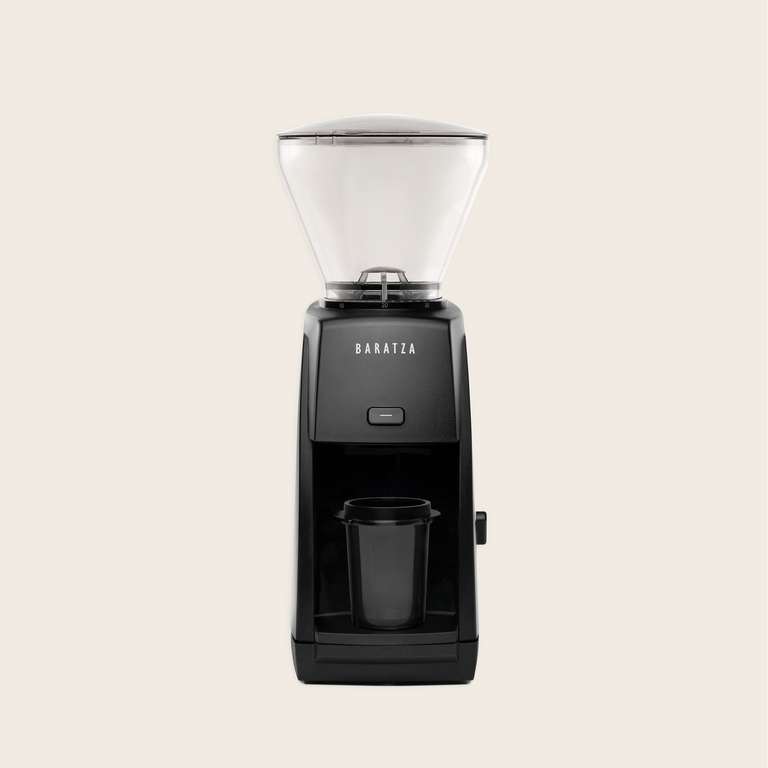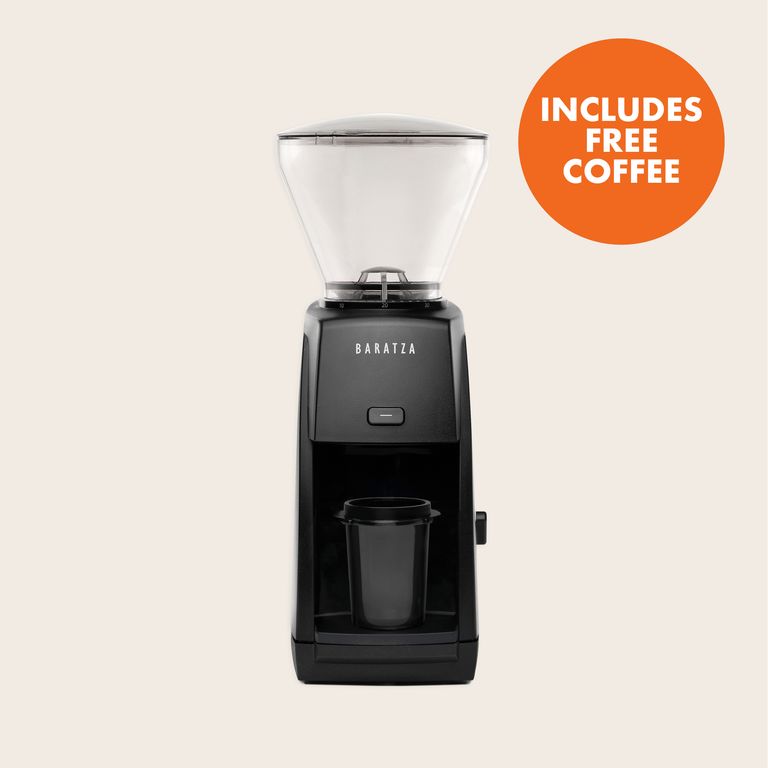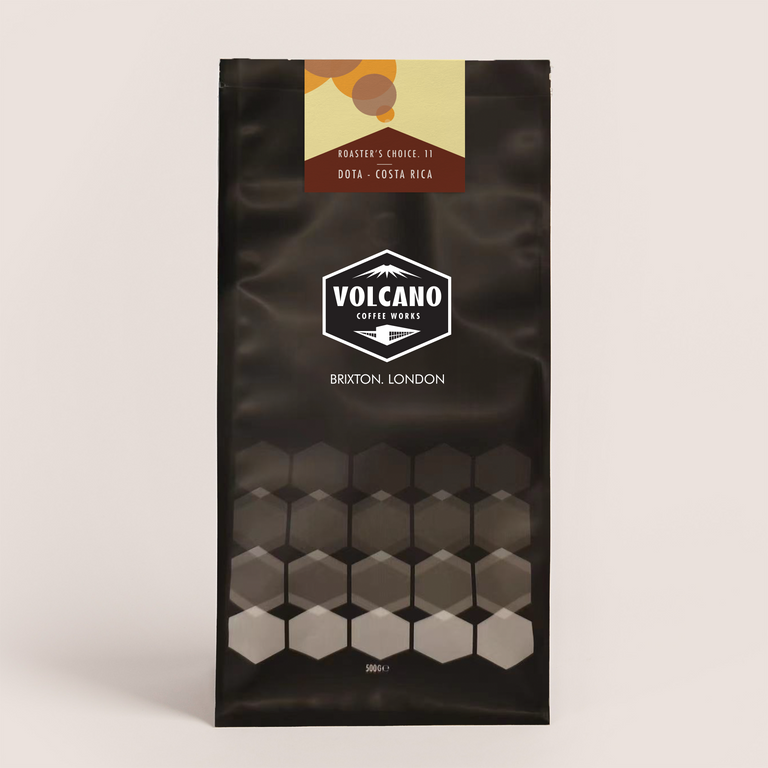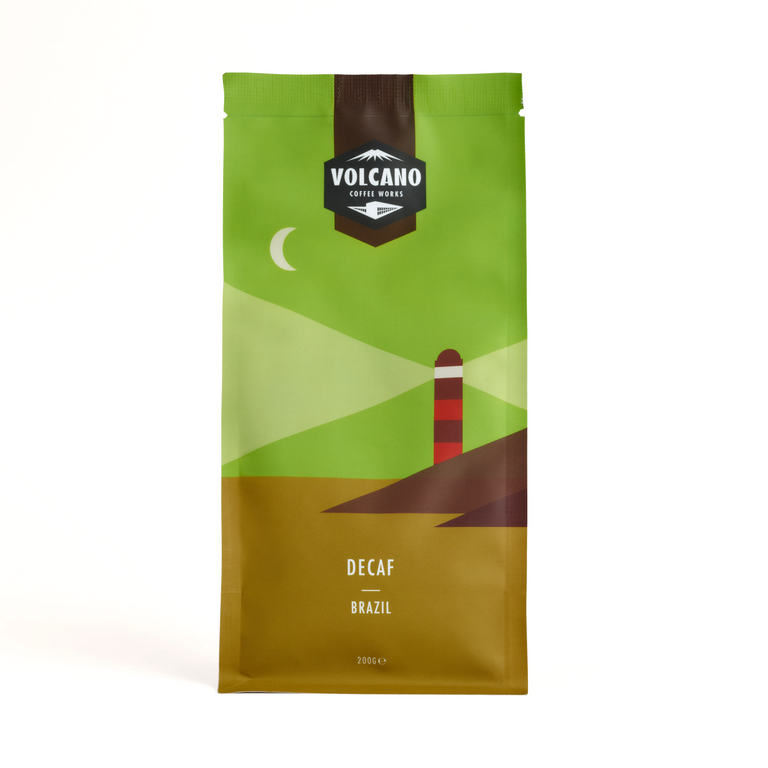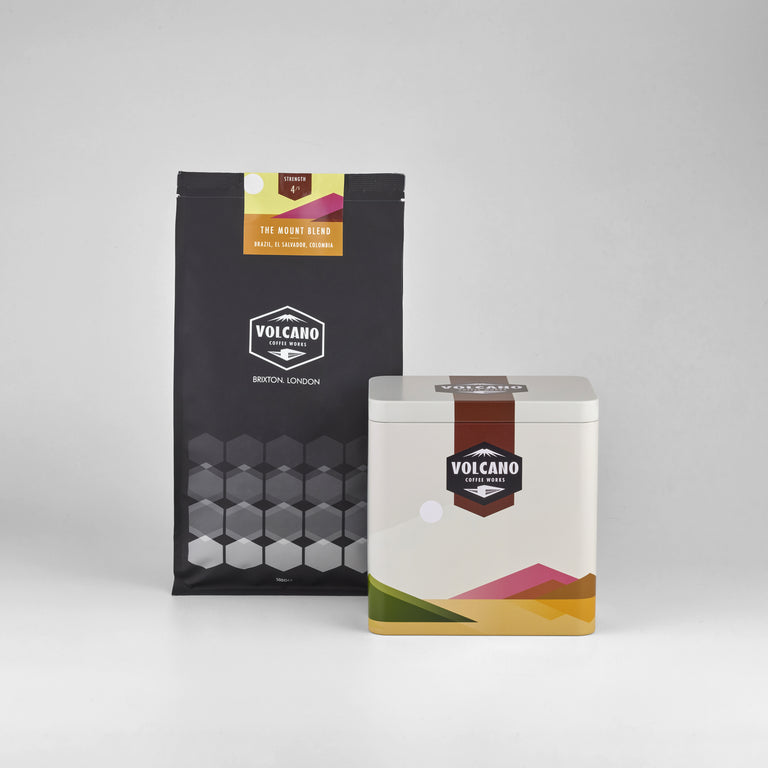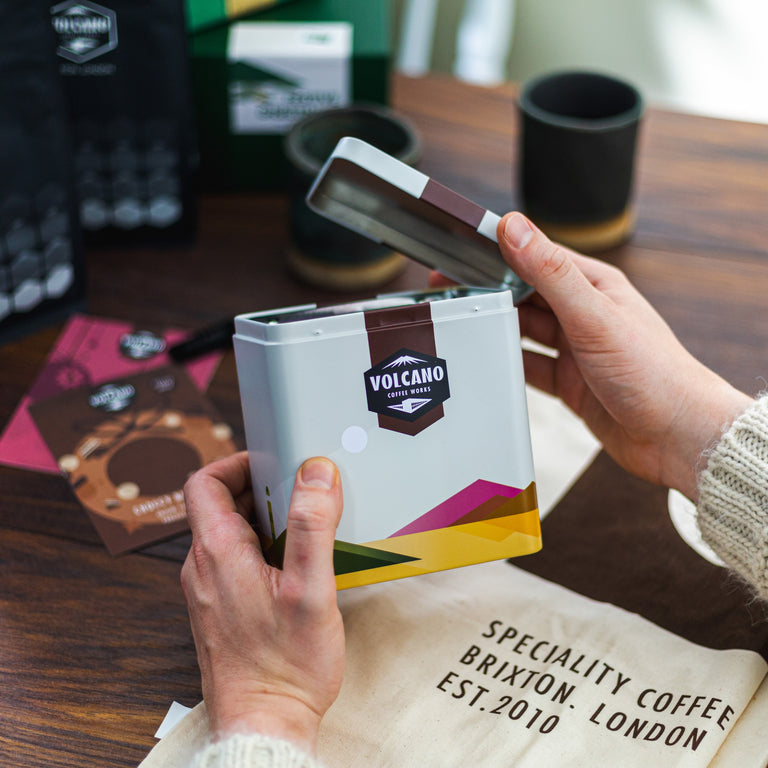
'How can I make my Aeropress coffee taste better?'
When you get it right, the Aeropress Coffee Maker can brew an unbeatably rich and robust cup. But what about when it goes wrong?
Claire Wallace has answered your most common Aeropress problems as part of our Brew Better series, to help you brew the best tasting coffee you've made yet.
Shop our full range of Aeropress Coffee Makers.
Want to learn to brew at home from a pro? Try our Home Barista Courses hosted at our Brixton HQ.
Why does my Aeropress coffee taste weird?
The taste of your coffee can be affected several things - the ratio of coffee to water, the temperature of your water, the grind size of your coffee, the total brew time, the total quantity you’re extracting; these can all affect the taste of the coffee.
It’s best to use one recipe and stick to it as much as possible, then work from a sensory perspective to identify what variables need changing - does your coffee taste too bitter? Sour? Too weak? This recipe is a good place to start.
When you are brewing at home it often isn’t feasible to fine-tune all the elements – but if you can’t adjust the grind size of your coffee for example, you can still manipulate your water to coffee ratio, or the time you are immersing the grounds in the Aeropress Coffee Maker.
How does time affect my brew?
The Aeropress is a full immersion method of brewing coffee (similar to a Cafetiere), so the time you are immersing the coffee for is a key element for the taste of your cup.
When coffee grounds are immersed in water they quickly become saturated, and the longer they are left in full immersion the less flavour can be extracted from them. The finer your coffee is ground, the faster the flavour will be extracted - so be sure not to leave them in too long. You can leave the coffee in immersion for longer if they are more coarsely ground since the flavour will be extracting more slowly.
How does temperature affect my brew?
Honestly, temperature is one of the less important factors for making a good Aeropress coffee. While pourover methods like the V60 are very sensitive to temperature, time is the key factor to making a cup of coffee with the Aeropress, as a full immersion method.
Hotter water will extract the flavour from the coffee grounds faster than cooler water, but in the Aeropress this will only make a subtle difference to the flavour of your extraction. I'd recommend you leave your kettle off the boil for a minute before starting your brew as a starting point.
Why does my coffee taste bitter?
If your coffee tastes bitter you’re probably extracting too much flavour (‘over extracting').
Try grinding your coffee a bit coarser or, if that isn't an element you can control, start plunging your Aeropress earlier (leaving the grounds in immersion for a shorter time).
Why does my coffee taste sour?
If your coffee tastes sour, acidic or 'salty' this is often a sign that your coffee is ‘under extracting’.
If you can, grind your coffee a bit finer to speed up the extraction. If you can’t adjust the grind size, try leaving the coffee in immersion for a little longer and see how that affects the taste.
What grind size should I use for the Aeropress?
As a starting point I'd recommend grinding your coffee slightly finer than you would for a V60 pour-over (though not as fine as an espresso grind).
Why is my Aeropress so hard to push?
When you start to depress the plunger you increase the pressure inside the Aeropress, briefly increasing the solubility of the grounds and thus achieving a really rich and flavourful cup of coffee.
Your Aeropress should be pretty hard to plunge, taking around 30 seconds to depress fully. If the pressure inside the Aeropress becomes too great you may find it nearly impossible to press down though - try grinding your coffee coarser to slow down the extraction.
How do I stop coffee dripping through the filter?
It is to be expected that a small amount of coffee will drip through the paper filter as it sits in immersion. However if your coffee is dripping though the Aeropress far too fast (ie you are losing over half of the total liquid before plunging) you should try grinding your coffee a bit coarser.
Alternatively, and this is my personal preference, try the inversion Aeropress method!
What's this about the inversion Aeropress method?
The inverted Aeropress method minimises the chance that your coffee will brew irregularly or that your Aeropress will start to leak. It's a really efficient way of achieving a consistent brew, just be careful when it comes to flipping it over!
To brew an inverted Aeropress, start with the Aeropress 'upside down' on top of the plunger. Fill with coffee and water, then leave to stand in immersion. Screw on the filter before flipping onto the cup to be plunged.


